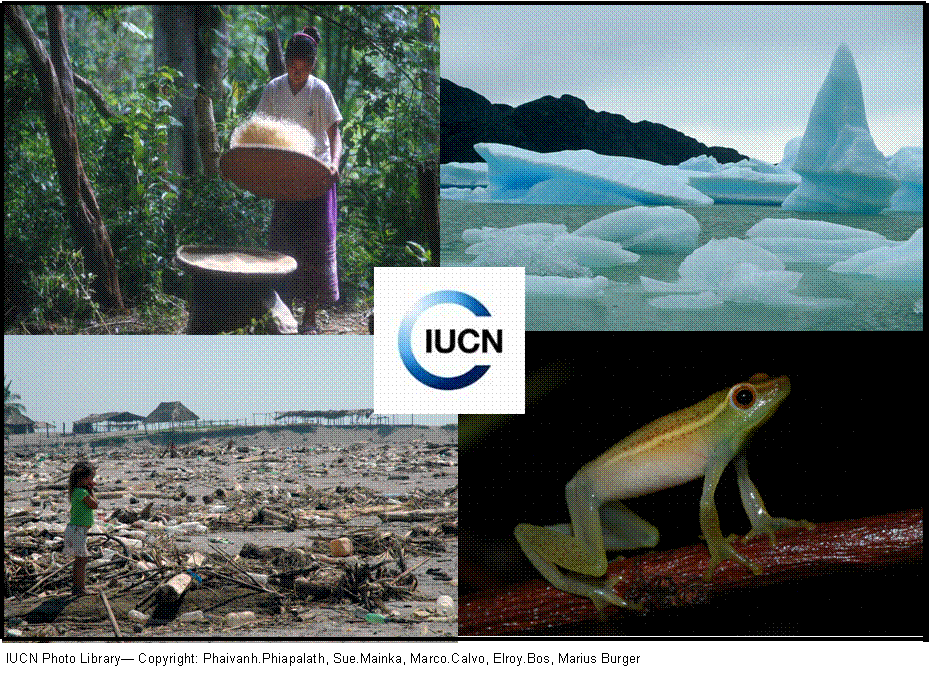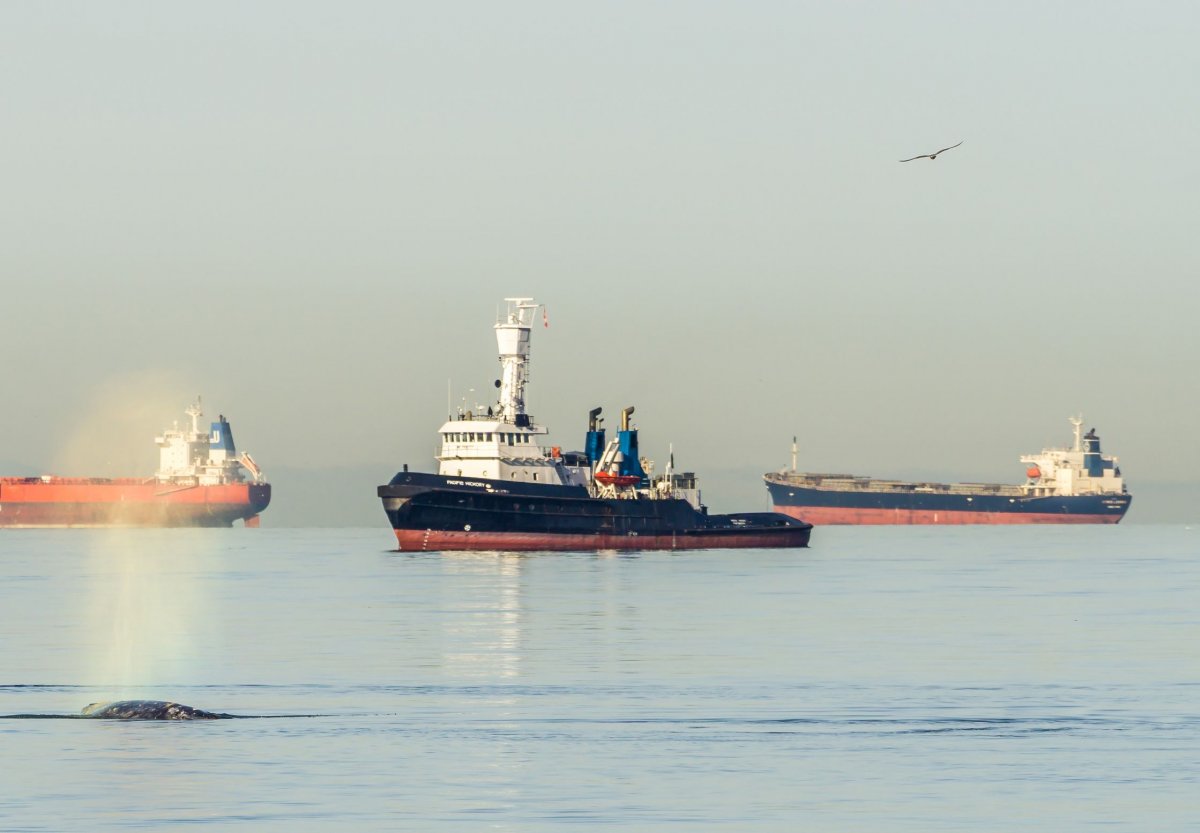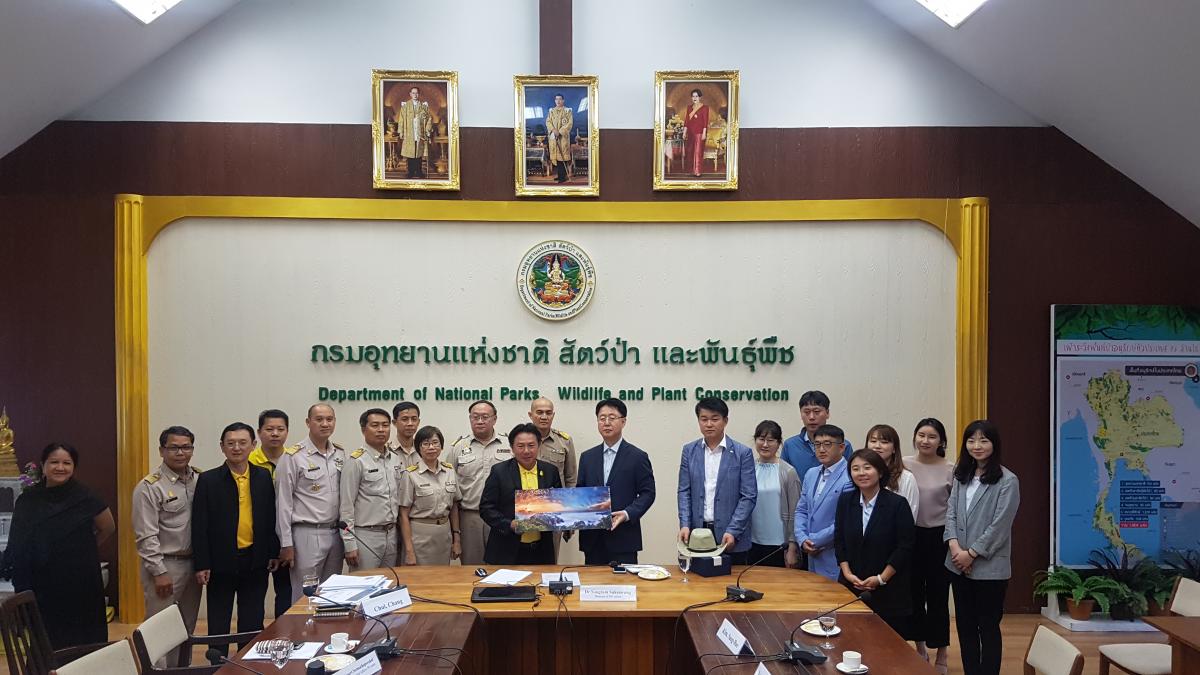Prepare for disasters – invest in nature, says IUCN
Investing in nature can reduce the impact of natural disasters on people and the environment, according to IUCN.

Photo: IUCN
In its latest report, released today, IUCN says that environmental concerns need to be integrated into disaster risk reduction strategies at all levels..
In the past two decades more than 200 million people have been affected every year by disasters, most of them occurring in parts of the world where communities are less prepared to face them. Panellists at the four-day meeting of the UN’s Global Platform for Disaster Risk Reduction, taking place in Geneva from 16
to 19 June, are discussing the links between climate change adaptation, poverty and disaster risk reduction.
“The steady rise in the number of natural disasters and in the number of people, whose lives and property are affected by them, is now increasingly recognized as a result of poor governance leading to environmental degradation, including climate change," says Neville Ash, Head of IUCN’s Ecosystem Management Programme. "What we need to do now is make sure the disaster risk community puts ecosystem-based management at the heart of all preventive and disaster-relief policies.”
Healthy ecosystems for human security, IUCN’s latest publication, looks at what constitutes a healthy ecosystem and how it helps to reduce disasters and poverty. Various case studies illustrate the cost-effectiveness of well-managed watersheds, forests, and coastal habitats. The guide also provides practical advice for local and national authorities on how to bridge the gap between ecosystem-based management and disaster risk reduction policies.
From reforestation of the degraded slopes of the Tacaná volcano in Guatemala and Mexico, after the tropical storm Stan in 2005, to restoration of the Komagudu Yobe river’s water flow in Nigeria, IUCN projects have enabled local communities to sustainably manage natural resources and become less sensitive to extreme weather events.
“Investing in ecosystems to reduce the risk of hazards and support livelihoods is key to building resilient communities,” says Jeff McNeely, IUCN’s Chief Scientist. “Disasters kill people but they also have immense environmental impact on affected areas. In order to reduce biodiversity loss, we need healthy and diverse ecosystems, which are more robust to extreme climate events.”
For more information or to set up interviews, please contact:
Borjana Pervan, IUCN Media Relations Officer, m +41 79 857 4072 , e borjana.pervan@iucn.org
IUCN’s publication “Healthy Ecosystems for Human Security” is available at: https://www.iucn.org/downloads/healthy_ecosystems_for_human_security.pdf
IUCN’s case studies on disaster risk reduction can be downloaded from: https://www.iucn.org/news_events/events/isdr/resources/#doc



